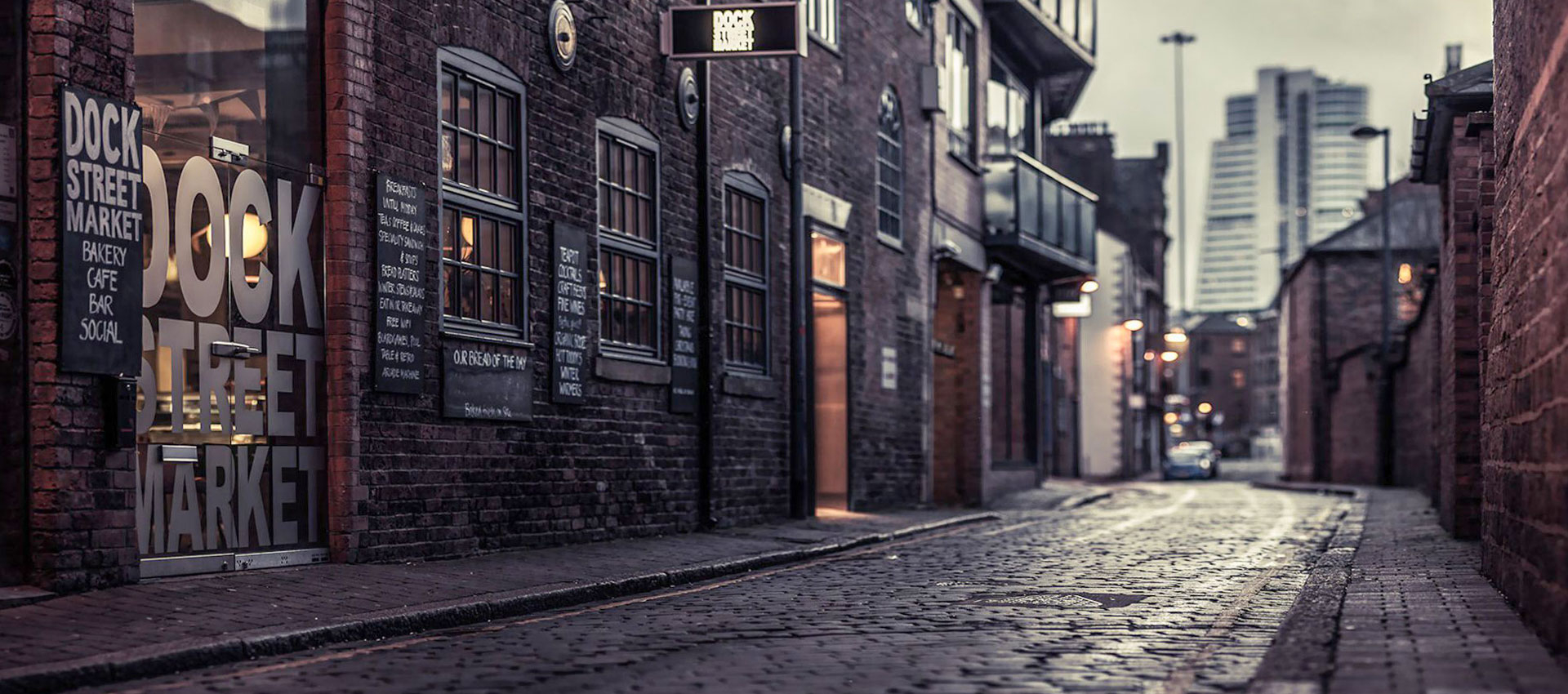By definition, street photography is a straightforward photography of public situations.
Street photography is a method of direct photography that shows a pure image of a situation, as if you were holding a mirror in front of the community.
Of course, sometimes it can focus on a specific subject at a specific time and situation and depict the feelings and circumstances of the person or people at that moment. Street photographers make everyday life a myth and even an epic. The street is like a show for them, and the actors do not stop until the shutter sounds.
Street photography focuses on scenes from people's daily lives.
Streets, parks, mosques, shopping malls, and shopping malls are the main venues for street photography. Although this is a branch of documentary photography, it differs in some respects, including the fact that the main purpose of street photography is to portray people, not to cover an event! In fact, this branch of photography is a mirror to the public, which sometimes conveys political or social messages with humor or sarcasm, which in this case is close to documentary photography.
Many street photographers look for scenes that evoke an instantaneous sense or visual reaction, especially through vague jokes or fascination, strange subjects, or supernatural events.
Street photography is a method of direct photography that shows a pure image of a situation, as if you were holding a mirror in front of the community.
Of course, sometimes it can focus on a specific subject at a specific time and situation and depict the feelings and circumstances of the person or people at that moment. Street photographers make everyday life a myth and even an epic. The street is like a show for them, and the actors do not stop until the shutter sounds.
Street photography focuses on scenes from people's daily lives.
Streets, parks, mosques, shopping malls, and shopping malls are the main venues for street photography. Although this is a branch of documentary photography, it differs in some respects, including the fact that the main purpose of street photography is to portray people, not to cover an event! In fact, this branch of photography is a mirror to the public, which sometimes conveys political or social messages with humor or sarcasm, which in this case is close to documentary photography.
Many street photographers look for scenes that evoke an instantaneous sense or visual reaction, especially through vague jokes or fascination, strange subjects, or supernatural events.
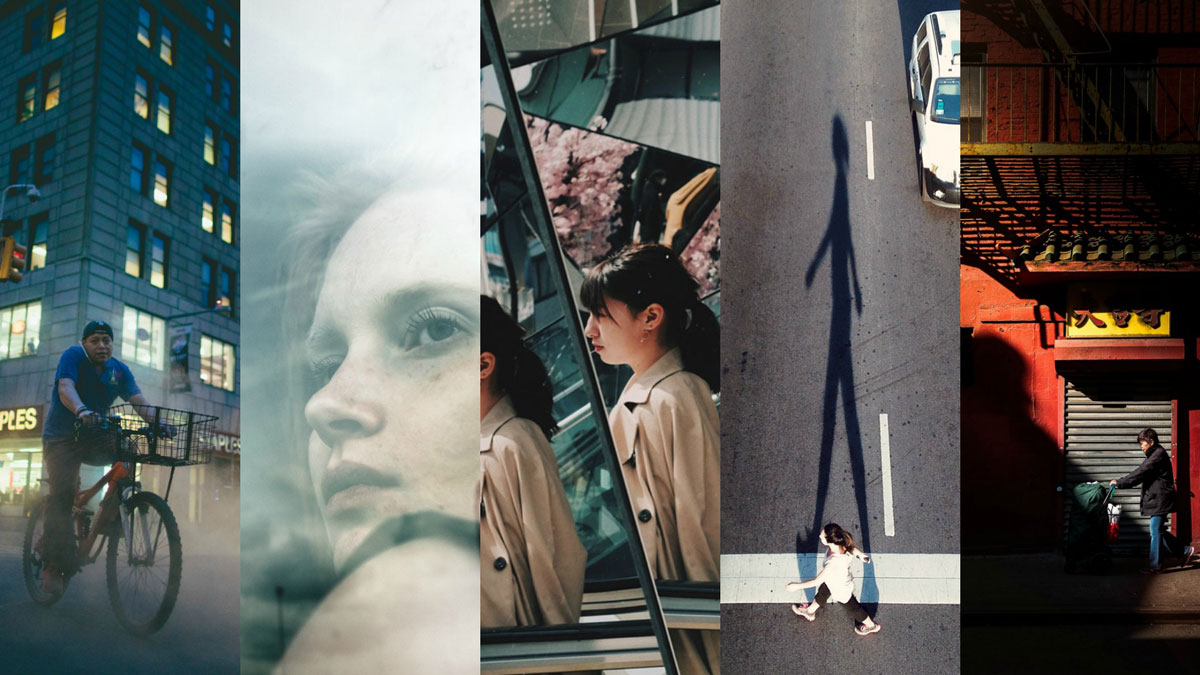
History of street photography
Street photography originated in the 1890s, coinciding with the introduction of portable cameras and 35mm cameras. One of the most famous cameras for street photography at the time was the Leica, used by the famous French photojournalist Henri Cartier-Bresson. He traveled all over the world and patiently recorded scenes with endless patience. His unique ability to capture The Decisive Moment, his keen eye for stage design, his unique style of work, and his literary expression in the theoretical and practical aspects of photography made him a legendary figure among the photojournalists of his day. Henri Cartier-Bresson was in New York and Paris with Robert Kappa and two other founders of the Magnum Photo Agency. His single photographs and photo-stories have graced the world's most prestigious magazines for three decades, and various editions of his work continue to be displayed on the walls of American and European museums.
"Creative moments that last a fraction of a second are all the time you have for street photography," says Henri Cartier-Bresson. You need to see the composition or the feeling that life itself gives you and understand it before you press the shutter button on the camera. This is the moment that the photographer creates and if you miss the moment, it is lost forever!
"Creative moments that last a fraction of a second are all the time you have for street photography," says Henri Cartier-Bresson. You need to see the composition or the feeling that life itself gives you and understand it before you press the shutter button on the camera. This is the moment that the photographer creates and if you miss the moment, it is lost forever!
Street photography is not reporting. There is no obligation for a street photographer to document a particular subject. The main subject of street photography in general is to live and include it in frames. This requires a careful selection of visual elements and requires extraordinary attention to the moment selected for exposure. These two factors may seem obvious to all branches of photography at first, but they are crucial in street photography because it is only with these two tools that the street photographer expresses meaning. There are no adjustments or exposures, no specific preparation time, and ideally no presuppositions.
For many street photographers, this is a vague experience, and some report that they lose control when they closely observe the behavior of others, which is their emotional conflict.
For many street photographers, this is a vague experience, and some report that they lose control when they closely observe the behavior of others, which is their emotional conflict.
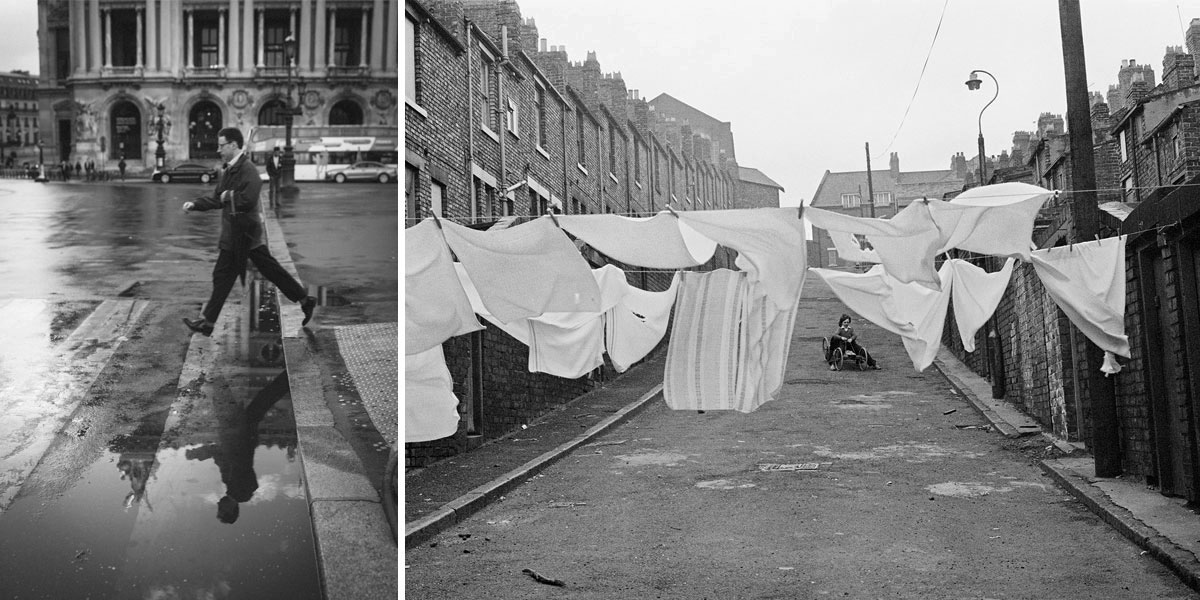
The famous Iranian photographer Abbas Attar, known as Abbas Magnum, was a news photographer whose most famous photographs are related to the Bafra Revolution in Africa and numerous news photographs from Bangladesh, Vietnam, the Middle East, Chile, South Africa and his native Iran. The great photographer joined the Magnum Photo Agency in 1981 and became a full member in 1985. From 1998 to 2001, he was the Agency's current chair. His news photos have been published in prestigious magazines around the world. He has been involved in many of the world's greatest historical events and has redefined the meaning of news photography. The black-and-white photographs of Abbas Attar are in our hands, like an illustrated history of the great events of contemporary history.
The years 1975 to 1980 are the culmination of the history of street photography. In the twentieth century, street photographers have collected comprehensive and accurate information about the lives of people on the streets of Europe and Africa.
The years 1975 to 1980 are the culmination of the history of street photography. In the twentieth century, street photographers have collected comprehensive and accurate information about the lives of people on the streets of Europe and Africa.
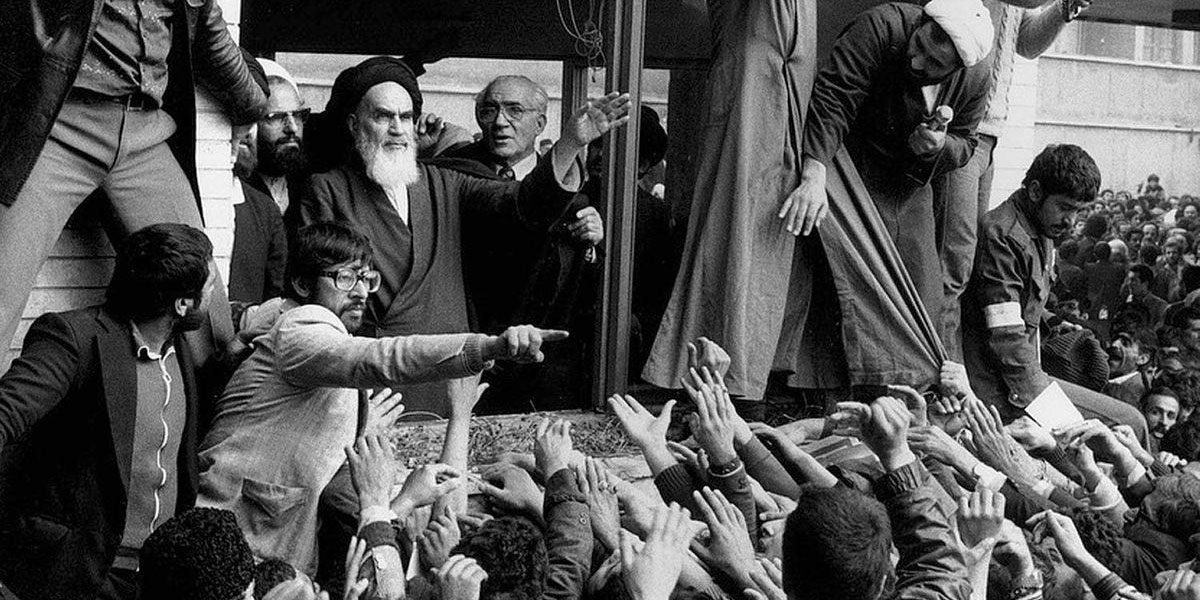
Another street photographer was Vivian Dorothy Maier, one of the most successful women in the field of street photography. A woman who became the headline of the world media after her death. Meyer can be considered a successful street photographer who did not share his interest and talent with anyone and did not talk about it until the end of his life. Vion Meyer was originally a babysitter who pursued photography in her spare time. His surviving photographs are often of the people and architecture of New York City, Chicago and Los Angeles. After his death in 2009, 200,000 negatives of Mayer photographs were found in a suitcase purchased by a photographer at an auction. After Mayer's photos were published on the Internet, he was less interested in photography in the world than he did not admire his work. Mayer's life and artwork became the subject of a documentary entitled "In Search of Vivien Meyer", which was nominated for an Academy Award for Best Documentary at the 87th Academy Awards.
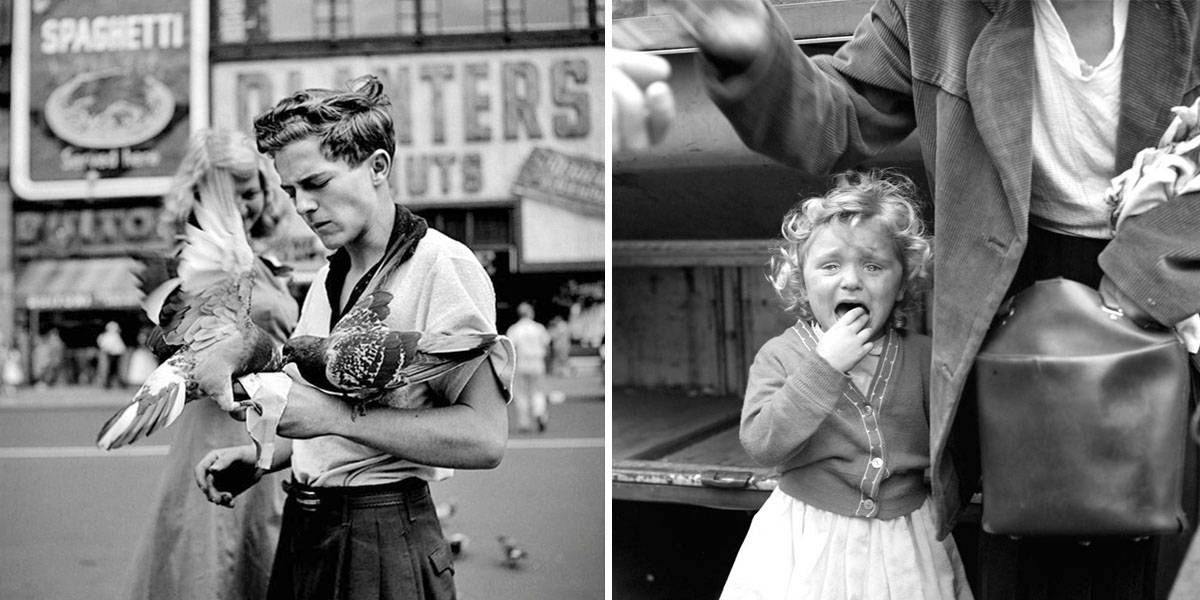
With the advent of the modern-day Internet and the revolutionary style of digital reflection (SLR) cameras in the early 21st century, street photography has become popular again.
Today, museums and universities offer courses on the history of street photography as well as its education. However, we see fewer photographs that symbolize real life. On the other hand, with the growing interest in news / popular photography, it has provided a new opportunity for lovers of this style of photography to display their photographs and the work of street photographers in this period. It seems more vital than ever.
The world will remain an everlasting and dazzling resource for human display and amazing instincts, so as Walker Evans advises: Close your eyes, be curious, listen, and listen.
A street photo is an image that touches the feeling of the street by looking at it. Remember that you do not need to capture images only of city streets to create street photography; They can be from anywhere. Street photography is about searching, finding, and reacting.
The most important thing to remember about this style of photography is that it requires double patience. In street photography, there is no lighting and preparation time is very short and there are no prerequisites for doing so. This is why street photography is also called snap shot.
Today, museums and universities offer courses on the history of street photography as well as its education. However, we see fewer photographs that symbolize real life. On the other hand, with the growing interest in news / popular photography, it has provided a new opportunity for lovers of this style of photography to display their photographs and the work of street photographers in this period. It seems more vital than ever.
The world will remain an everlasting and dazzling resource for human display and amazing instincts, so as Walker Evans advises: Close your eyes, be curious, listen, and listen.
A street photo is an image that touches the feeling of the street by looking at it. Remember that you do not need to capture images only of city streets to create street photography; They can be from anywhere. Street photography is about searching, finding, and reacting.
The most important thing to remember about this style of photography is that it requires double patience. In street photography, there is no lighting and preparation time is very short and there are no prerequisites for doing so. This is why street photography is also called snap shot.


